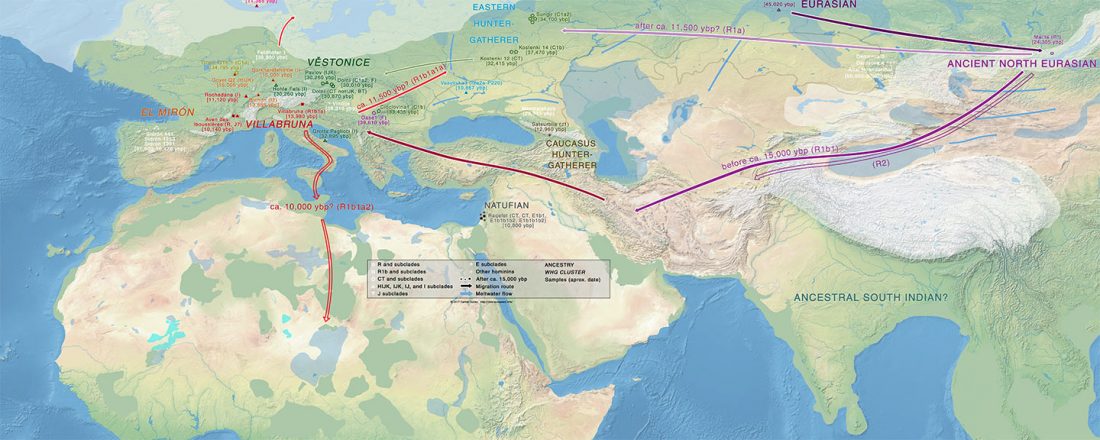Another short communication by Juliette Blevins has just been posted, A single sibilant in Proto-Basque: *s, *Rs, *sT and the phonetic basis of the sibilant split:
… Read the rest “The Proto-Indo-European – Euskarian hypothesis”Blevins (to appear) presents a new reconstruction of Proto-Basque, the mother of Basque and Aquitanian, based on standard methods in historical linguistics: the comparative method and the method of internal reconstruction. Where all previous reconstructions of Proto-Basque assume a contrast between two sibilants, *s, a voiceless apical sibilant, and *z a voiceless laminal sibilant (Martinet 1955; Michelena 1977; Lakarra 1995; Trask 1997), this proposal is unique in positing only a single sibilant *s.

